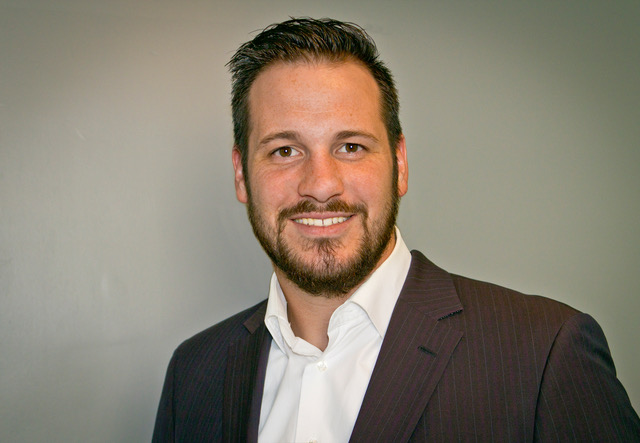Navigating Transitions in the House of Worship Market
Now is the time for AV professionals to prove their value to customers by helping them transition their temporary, ad-hoc solutions cobbled together at the beginning of the pandemic into permanent AV systems ready for the future.

Life is nothing if not a constant series of transitions. I’m currently watching it with my young children, who are moving between life stages faster than I can believe. When my oldest was born, it seemed to me like he’d be a baby forever. It wasn’t long before he became a toddler ... and then he began to talk and our lives changed. A few short years later and he’s a 6 year old who can easily convince you he’s a young man.
He made the transition from toddler to boy right in front of my eyes, yet it still surprises me daily. I often still think of him as an adorable baby, or an entertaining toddler who kept us on our toes. I’m told that the next 10 years will go by even faster, and I’ll hardly notice as he transitions from pre-teen to teenager to driving age incredibly fast. I don’t think I’m alone as a parent hoping time will slow down a touch so I can enjoy every moment.
[ The Integration Guide to Houses of Worship ]
If you’ve stuck with me this long, you’ll be wondering what this has to do with technology. I’ve been reflecting on transitions recently as we’ve watched so many of our house of worship clients struggle with evolving their businesses in the face of a world-upending pandemic. That’s really what transitions are: the changes that happen as a situation evolves.
Last year, like businesses in every other industry, houses of worship had to navigate the transition to providing services virtually via online platforms. And then they had to figure out how to accommodate the needs of parishioners gathering in person without slighting those worshiping virtually. Many struggled, some failed, and a select few downright excelled.
[ Getting Started in House of Worship Integration ]

It was the most exciting time I’ve seen in the house of worship market in years.
A daily selection of the top stories for AV integrators, resellers and consultants. Sign up below.
Facilities that didn’t already have a broadcast or digital platform had to build one from scratch in a time when both virtual worship expertise and inventory were scarce. Delivery systems evolved from simple iPhone video to “legit solutions.” You’ll notice the air quotes, and I really want you to image my face as I say “legit solution.” That look I’m giving you is extreme doubt about the quality of the aforementioned “legit solution.” Let’s go with “workable solutions” instead.
Most of these solutions were expected to be temporary. Heck, most of the solutions that even professional integration firms provided were hamstrung by product scarcity and limited budgets with expedited timelines. It’s sounds like I’m throwing the industry under the bus—and I might be, but only a little. The COVID-19 pandemic created a just-make-it-work situation for most, but the ingenuity of most integrators was something to behold.
[ Streaming Helps Houses of Worship Reach Congregants at Home ]
But if we’re being honest, there are a bunch of facilities that are still trying to work with the temporary solutions they cobbled together in April of 2020. And that’s not necessarily terrible, but by now most facilities have transitioned to servicing both in-person and remote congregations, often simultaneously. And they’ve made this transition using those temporary solutions. They certainly don’t want to give up on their remote congregation, but they can’t have a camera in the center aisle 15 feet away from the speaker while there are people in the pews.
So where has our industry been? Many church executives finally realize the value of supporting digital environments for their congregations, and we haven’t been there to help them plan the transition that will allow them to supply a better streaming product. MacGyver or not, at some point you have to move past chewing gum and dental floss.
[ What Streaming and Spacing Means for Audio in Houses of Worship ]
Every HoW facility I’ve talked with in the last few months has been discussing boosting production value and/or upgrading to a more volunteer-friendly production solution that can help them grow their digital congregation. When I ask who they’ve talked to or if their integrator has reached out, I’m hearing what I expected—crickets.
Integrators have an opportunity to really prove our value to the HoW community—and other markets—by helping them transition to permanent installed options. But we’ve got to reach out and talk to our clients in this space and not assume they are satisfied with the ad hoc solutions they put together more than a very long year ago. This market is ripe with opportunity—even more than in the SD-to-HD transition decades ago. We can help, but we’ve got to get back to church.
Click here to read more stories from the September 2021 issue of SCN.
More by Matt D. Scott
My Experience: Evolve or Languish • If you don’t learn to evolve into this new experience-focused space, you’ll slowly lose your market share.
Goals • Matt D. Scott discusses setting—and achieving—goals for the new year.

